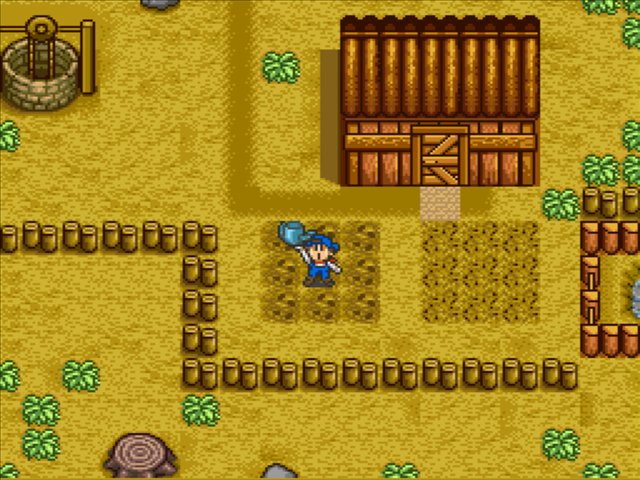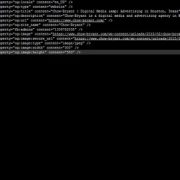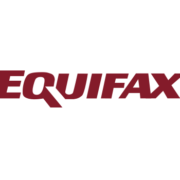Plan & Manage Your Digital Estate
Internet security has been a hot news topic over the past few months. A cascade of software vulnerabilities, account breaches, and security flaws produced a steady stream disclosures, apologies, and a few PR disasters. As a result, most of us are more aware than ever of the need to keep every piece of our online presence secure.
But awareness is only part of the solution. It’s no longer enough to just keep strong passwords and look out for major account breaches. With so many new services bubbling to the service every year, it’s easy to lose sight of old accounts from fading platforms. According to The Global Web Index, in 2015 internet users had an average of 5.54 social media accounts. By June of 2016 that number increased to 7 social media accounts per internet user–and this just accounts for social media.
What is the Digital Estate?
Much of the wisdom about account management comes from the early 00’s when social media was just emerging. Internet users had a few social media accounts and an email address or two. Since then, the internet has grown and expanded in ways no one could have anticipated. Social media, email, and online shopping accounts became interconnected. Some of these accounts are linked to bank accounts. You can even use one social media account to login to another service.
Every social media account you’ve created, every email account opened, every minuscule event RSVP and mailing list you signed up for at a music festival or shopping mall–all of these things are part of your online presence. In short, these accounts belong to are about you, and put together make a fabric of “stuff” about you across the internet. All of these items make up your Digital Estate.
Why is Digital Estate Planning Important?
Now that you’re aware of your estate, you’re probably thinking about an account you’d forgotten. These accounts are essentially abandoned, and much like abandoned houses they attract vandals, thrill seekers, and wanderers. Since we’re online, add “bots” and “hackers” to the list. With all of that said, the most important reasons to manage and plan your digital estate are:
- Security – keeping your online presence safe from hackers and malware
- Branding – developing a distinct and uniform personal brand across your online accounts
- Communication – to maintain communication, you have to maintain access
If you fail to plan and manage your digital estate your online presence (and bank account) will be less secure, your personal brand won’t ever take hold, and you’ll miss important messages from people using social media to <gasp> socialize. Thus, it’s important to map out all of the pieces of your digital estate, build some fences, and keep the grounds in good shape. It’s time we start treating our online estates with the same kind of respect we’d treat a real life mansion sitting on an expansive estate of land.
How to Plan Your Digital Estate
Now that I’ve harped on the importance of keeping your online accounts secure, let’s just pretend we’re starting from scratch. If this is your first time on the internet, here’s how to build a digital estate from the ground up.
Choose Your Platforms
Much like planning an actual physical estate, the first step is decide how much land you’ll need, and what kind of features you’re looking for. For the digital estate this means listing the social media, shopping, web publishing, email, online gaming, and review/map services you intend to use.
It’s easy to get caught up in the trends and join every new service, but this strategy isn’t for everyone. Unless you want to be a social media explorer, I recommend being a little pickier about which platforms to use. Think about what you’re trying to accomplish online. Does a particulate platform help you accomplish your goals? To find out, ask yourself a few simple questions:
- Do you have friends actively using this platform to communicate?
- Is your audience on this platform?
- If so, do they want to hear from you on this platform?
- Are key influencers in your market on this platform?
- Will this platform help drive traffic to your other accounts/properties?
Once you know which platforms you intend to use, organize them on a spreadsheet. At the least, you should keep track of the account platform’s name and login portal along with your username, email, password, and the date of the last time you updated your password.
Develop Your Brand
Now that you’ve developed a plan for your digital estate, it’s time to think about how to distinguish it from all of the other estates out there. How will people know this is your property? If someone visits your brand’s website, will they have an easy time finding their way to your Twitter account or Amazon store page?
This is another area where it helps to think of the digital estate like a physical one. Physical estates use things like fences, logos, and ornamentation to distinguish their estate from the surrounding ones.to distinguish it from the adjoining land.
Applying this to a digital estate is pretty straightforward. Think about how you describe, categorize, and promote your personal brand, business, or services online. Come up with a unique and uniform way to position yourself in the market, and apply this uniformly across all of your accounts. I personally recommend using a spreadsheet to keep track of the details you’re advertising about yourself or your brand.
For example, if you’re managing a digital estate for a small business, then you’ll want to keep track of the store address, phone number, website, business owners, and products/services offered among other things. On the other hand, if you’re managing an online estate for a personal brand you’ll want to keep track of name, aliases, key publishing platforms, previous work, and key links to portfolio items.
Claim Your Digital Land
Now that your digital estate is planned, and your brand developed, it’s time to stake out land in the new wild west. Not to sound like a broken record, but make sure you use strong passwords, and record them in your spreadsheet. If you’re not into spreadsheets, there are plenty of password management services like LastPass to choose from. Just pick one and make sure you add all of your accounts. A tool like LastPass can also help you keep track of old accounts you may have forgotten about.
Managing Your Digital Estate
So what if you aren’t new to the internet and already have a digital estate? Then it’s time to put together a spreadsheet and start mapping out all of the accounts you’ve created. You can also mine your email inbox, spam folder, and even trash folder (if it hasn’t been emptied) for clues. Most services send a welcome or confirmation email, so these can serve as a helpful reminder for forgotten or abandoned accounts.
The key is to map out and re-secure all of your accounts. If a platform has outlived it’s purpose, don’t be afraid to close your account. Simply leaving your account open is just giving a hacker a backdoor to exploit. This is how they quietly mine their way to more valuable accounts.
Create a Maintenance Schedule
Planning and organizing your digital estate isn’t enough. You also need to put together a maintenance schedule for your accounts. It can help to keep your accounts ranked by how frequently you access them. At the least, make sure you check on your accounts once a quarter. Also, consider changing passwords yearly. Much like a physical estate, an overgrown lawn with a bursting mailbox are signs of inactivity and abandonment. These are the kinds of things hackers look for when planning which digital estates to infiltrate and/or defraud.
Securing Your Estate
Finally, you need to keep your digital estate secure. There tons of services out there for this, but I honestly recommend tracking this by hand. Most online identity management tools are either expensive, ineffective, or both. If there’s just one thing you do to better secure your online presence, set-up two-factor authentication on every account possible. This will give you a heads up when a hacker is testing how secure your fences are.
What Kind of Shape is Your Estate In?
What does your digital estate look like? Is it in good shape with a neatly trimmed lawn and convenient sidewalks to help visitors get around? Or are you struggling to keep up with an estate with broken fences and a few squatters in your Yahoo account? Regardless of what shape you’re in, 2017 is the year to spend some serious time thinking about how you manage your online presence.










